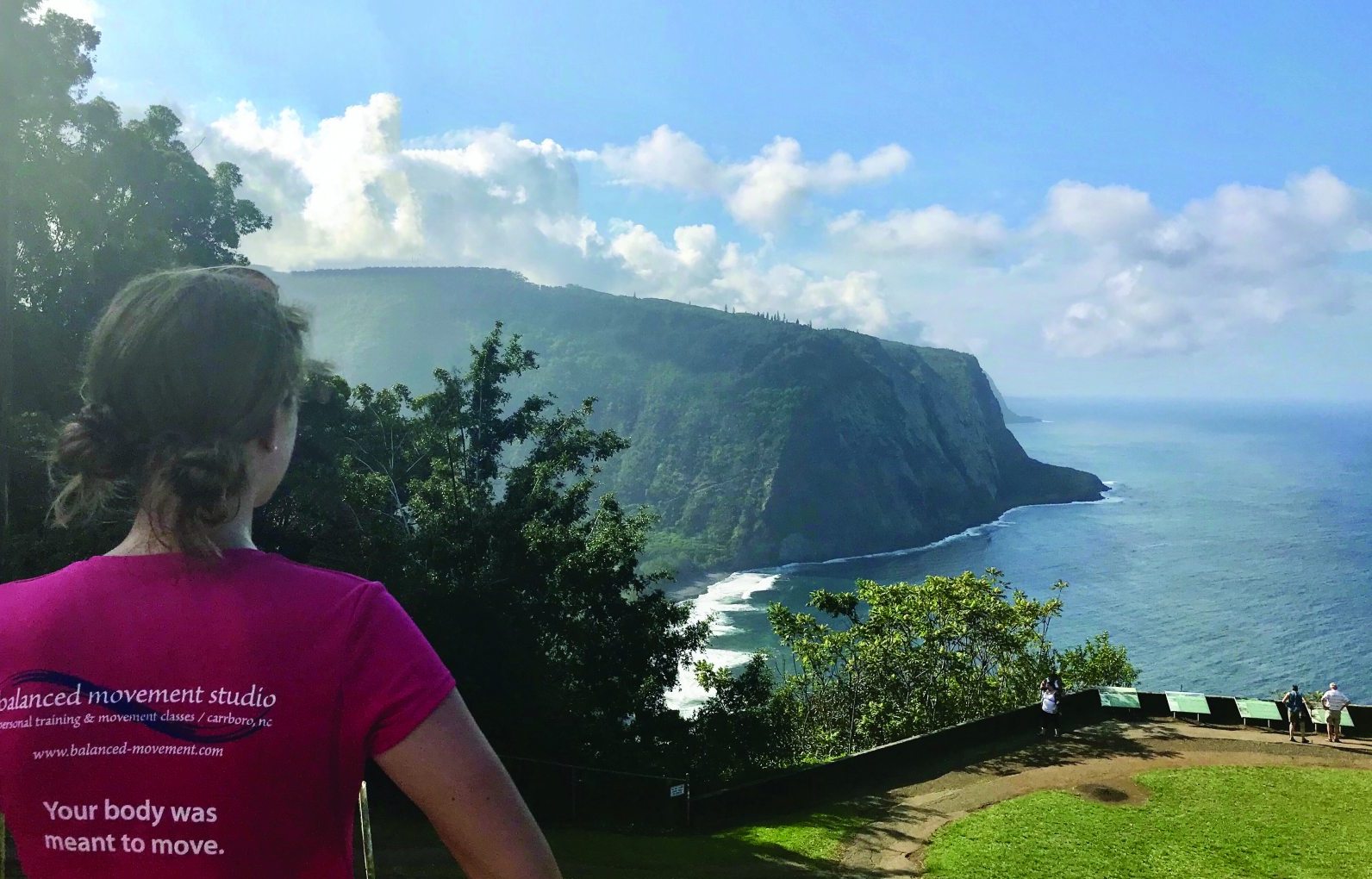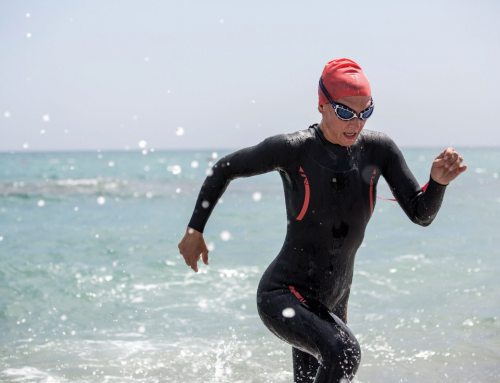By Brian Beatty
In recreational endurance sports, there really is no off-season. With year round road races, a spring marathon season, summer long rides, cyclocross, fall marathons, winter trails, year round ultras, rides all year, the pool is always there… it truly never ends. This can make for year round fun.
However, from an athletic performance and body-healing standpoint we can become trapped and never let our body rejuvenate and perform in its optimal state. Most professional sports, including running, cycling and swimming, follow a macro cycle training model that is designed optimize performance.
That typical macro cycle is:
Competitive Season & Maintenance with Peak Event Performance micro-cycles =>
Off Season =>
Base Strength Building =>
Power and Speed training =>
Skill Refinement =>
Competitive Season & Maintenance
This macro cycle periodization has been proven to work on the field and in the lab. Each phase has a specific purpose for the net results of sustainable health, performance gains or breakthroughs, continuous skill acquisition, and timing for peak events.
From an athletic performance standpoint, it is easy for the recreational enthusiast to become trapped in the Competitive Season & Maintenance/ Peak Performance micro-cycles section of the macro training cycle. This occurs when events become ongoing and supplementary workouts are maintenance at best. It can be hard to meet the body’s recovery needs for performance gains or sustainability. We may be doing our bodies and our performance a disservice by always being ‘on season’. Without the recovery cycle and variety of stimulus to the body and mind, we risk running through a constant ‘on season’;everything is a bit sub-optimal, or ‘off’. If everything just feels ‘off’ for a sustained period of time, it is worth pondering, are you really on or off in your desired activity performance.
In the macro cycle training paradigm above, ‘Off Season’ is defined as a post competition season period where stay active, but do things other than your normal training activities. Off-season allows your body, nervous system and psyche to rest, rebuild and refresh. If you are not sure if an off-season strategy is appropriate for you, then do this ‘Listening To Your Body” exercise.
Go back through your training logs or calendar to sort out ‘on’ and ‘off’ times; the more months of data, the better. Count your ‘on time’ weeks and ‘forced off-time’ weeks and note the intervals between. ‘On’ weeks are when you were able to engage at your desired or chosen level of activities. ‘Off” weeks are anytime you were injured and could not do your desired activity. These include time when aches, pain, soreness, or injury caused you to switch activities or decrease the training load (intensity and/or duration) by 33% or more from what you preferred to do.
Also include injuries or illnesses, not just ones you attribute to your chosen activities. The flu, the respiratory cold, the sinus infection, they all count. An accident or ‘freak unrelated injury’, these also count. If in doubt, count it. We don’t know for sure, but your ankle might not have rolled walking down the steps, your balance might have recovered without slamming your wrist in the wall from stepping on the kid’s toy, your immune system might have fought off the in-law’s crud, if things had been just a bit fresher. Our goal is to honor your body and the rhythm of nature with this experiment.
For our purposes, off-season and post-race recovery are not necessarily the same thing. Recovery where you are able to stay active is an example of what we are trying to qualify as off-season, but counts as ‘On’ time in this exercise.Recovery where you are too beat up to do anything is not off season, but rather counts as an ‘forced off’ time.
The goal is to do three analyses. First , what is the percentage of ‘on’ to ‘off’. If you find that number yields an off season number of weeks that is greater than 10-20% of the on season, consider spending some time with a professional to assess where your vulnerable areas are and how to change them.
Second, look for frequency patterns between on and off. If you find anything close to a pattern, institute a self-imposed ‘Off Season’ lasting the average number of weeks you had to take time off or decreased. Impose that at a frequency that is 1-2 months less than the average time between incidences. The goal is to allow a little extra recovery before your body becomes vulnerable so injuries don’t occur and performance doesn’t suffer.
The third item to consider is how long an off season should last based on the average time of each of ‘forced off’ weeks noted.
A recent conversation with a friend reinforced the logic of this article. In response to my question, “run any races lately”, he responded no, he had gotten wrapped up in coaching his kid’s Little League team and not had much time for running. But since the season ended, he started back and has felt wonderfully refreshed and invigorated without any residual tiredness or low-grade achiness that had become the norm.
As you plan the coming year, map out the big picture and plan your ‘off season’ so you can have your best ‘on season’.
Brian Beatty, physical therapist, bbeatty@balanced-movement.com, at Balanced Movement Studio in Carrboro and online at (http://balanced-movement.com/balanced-movement-online/)






